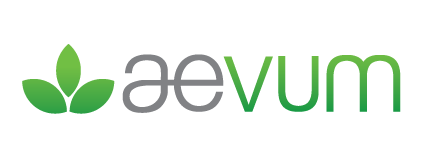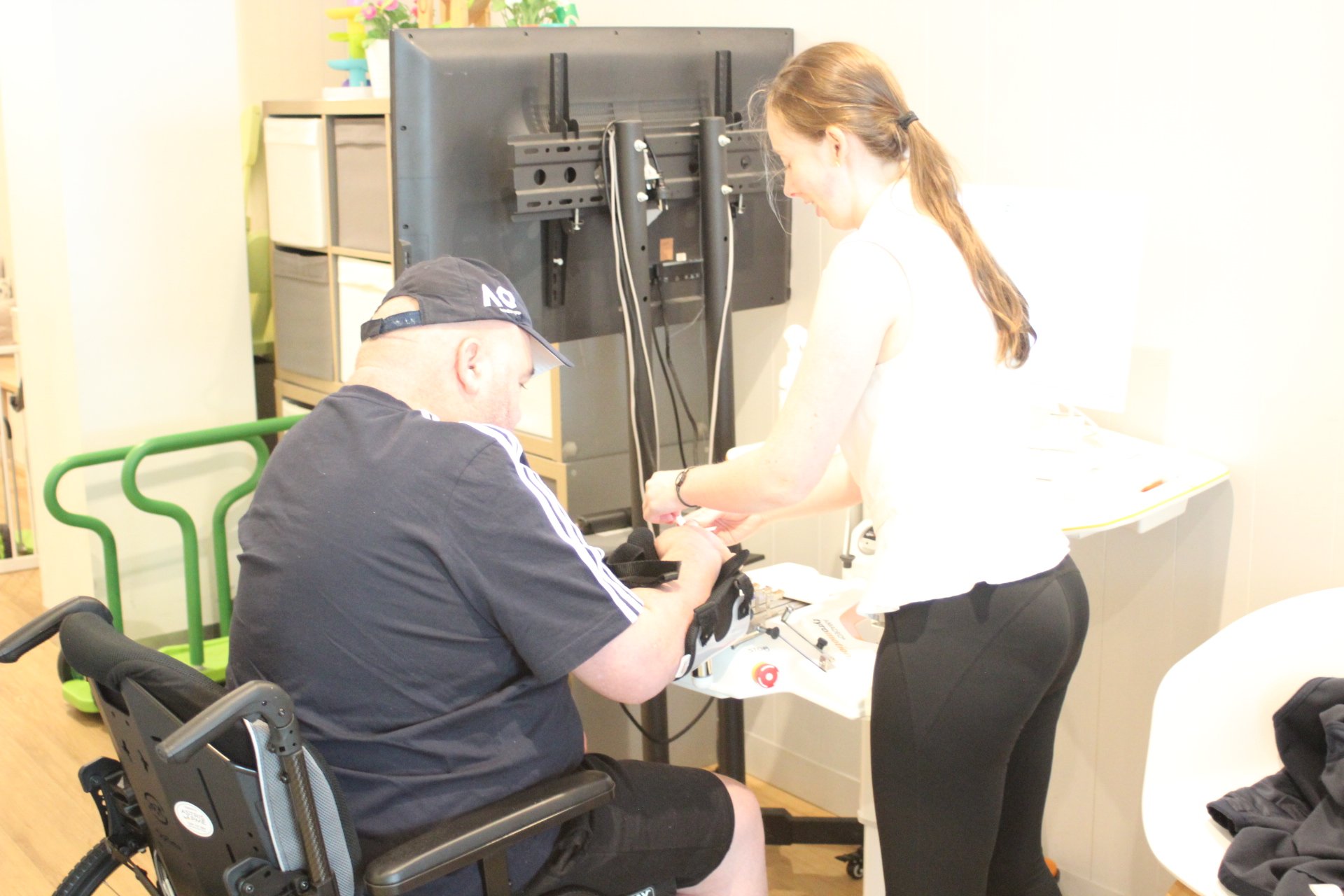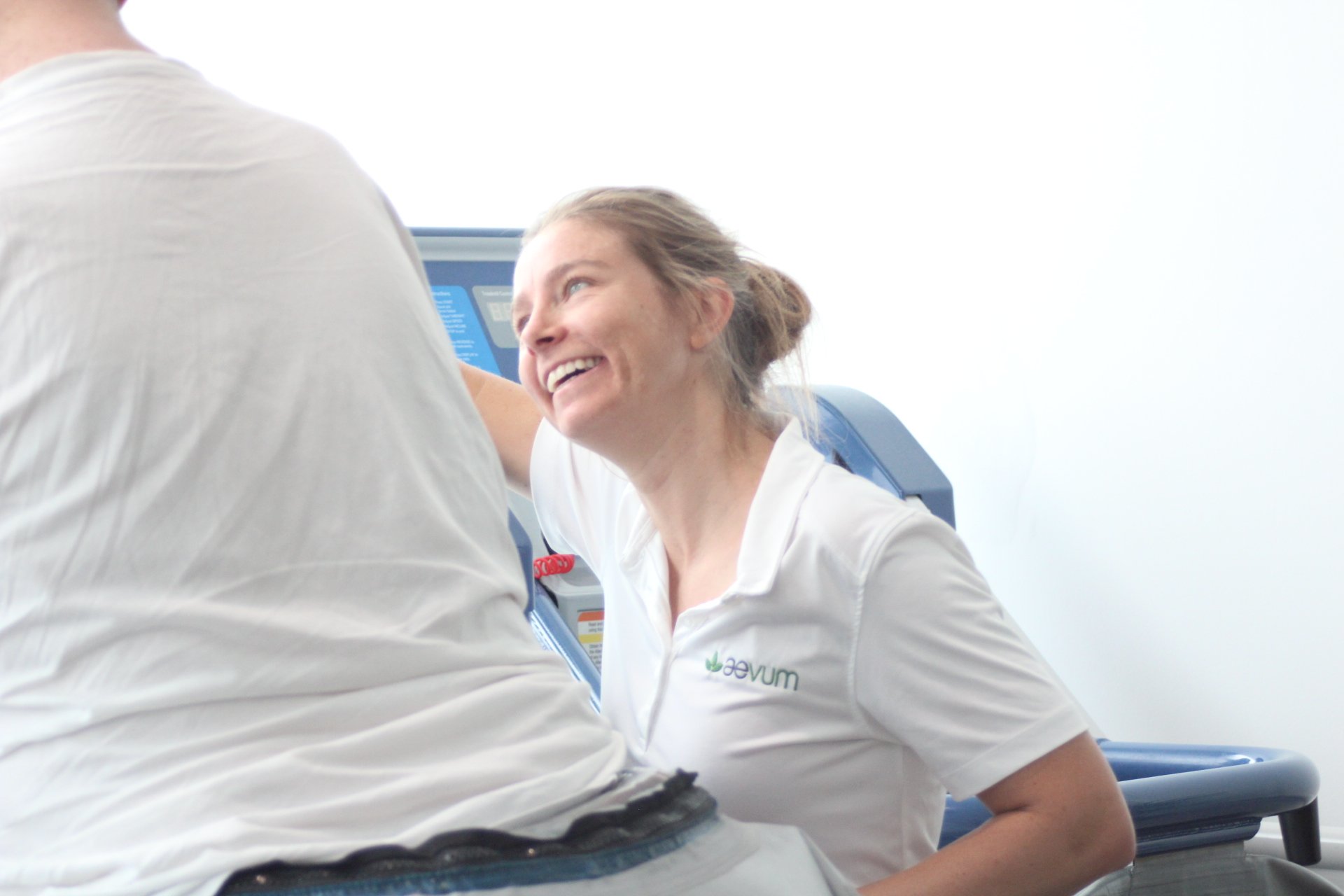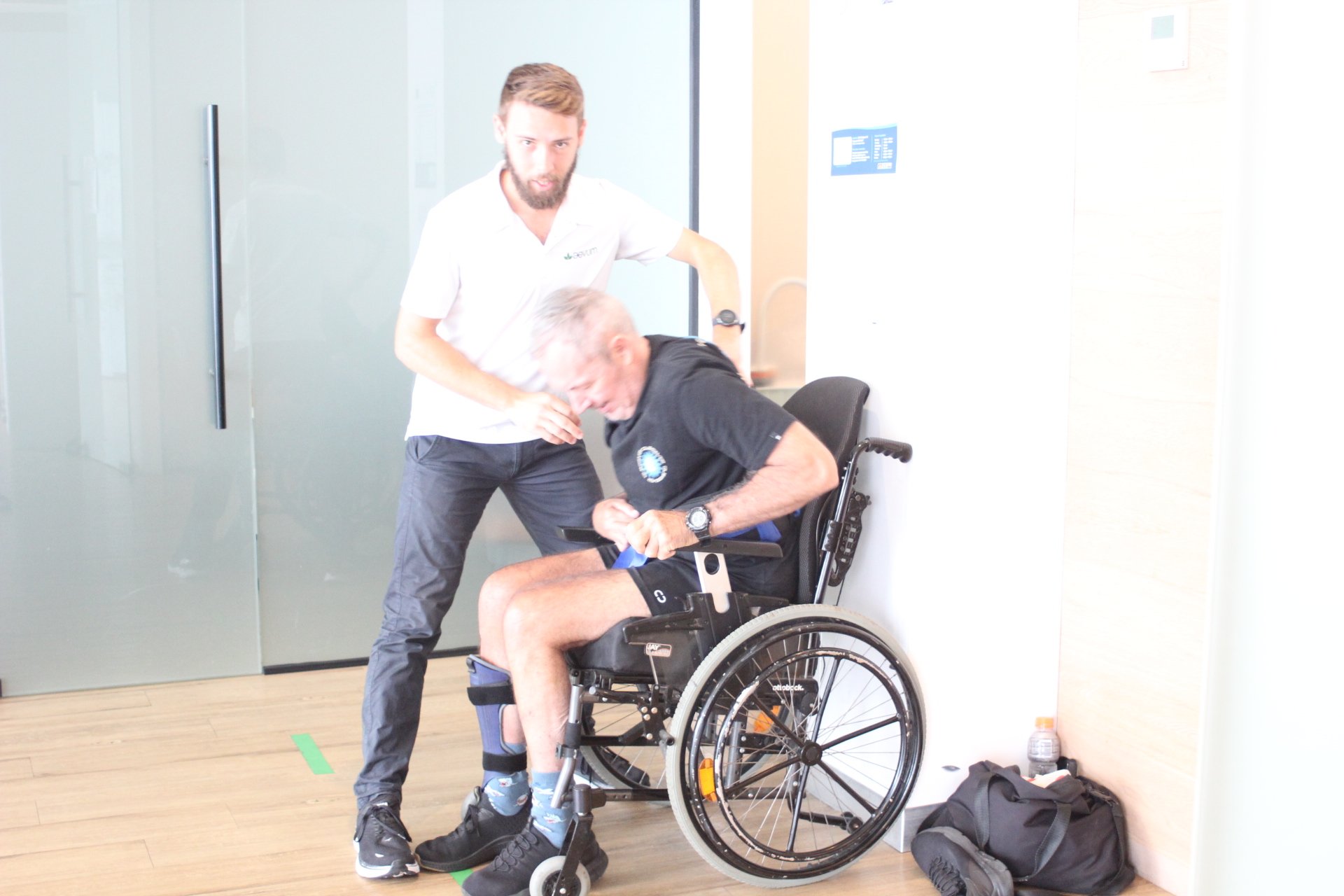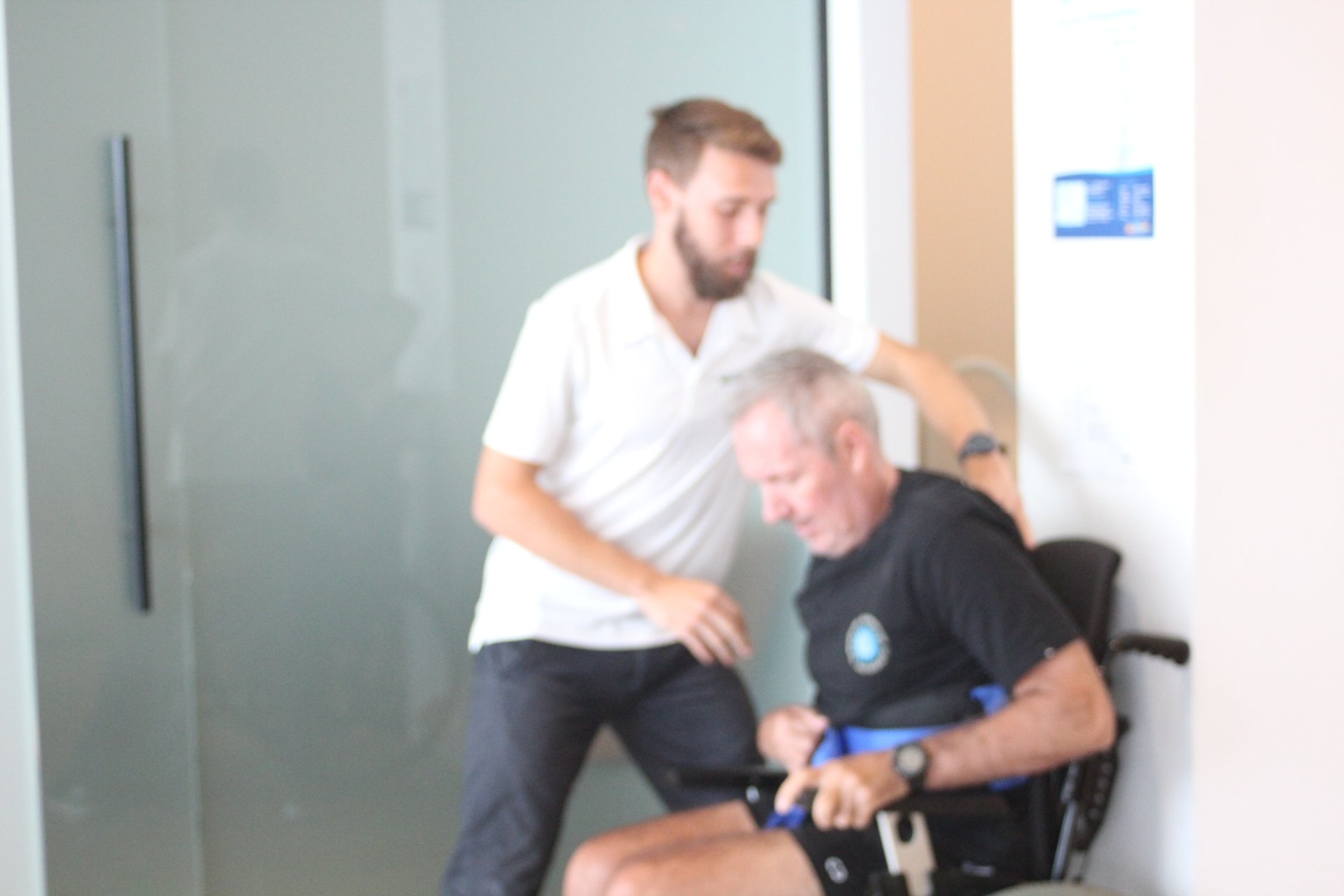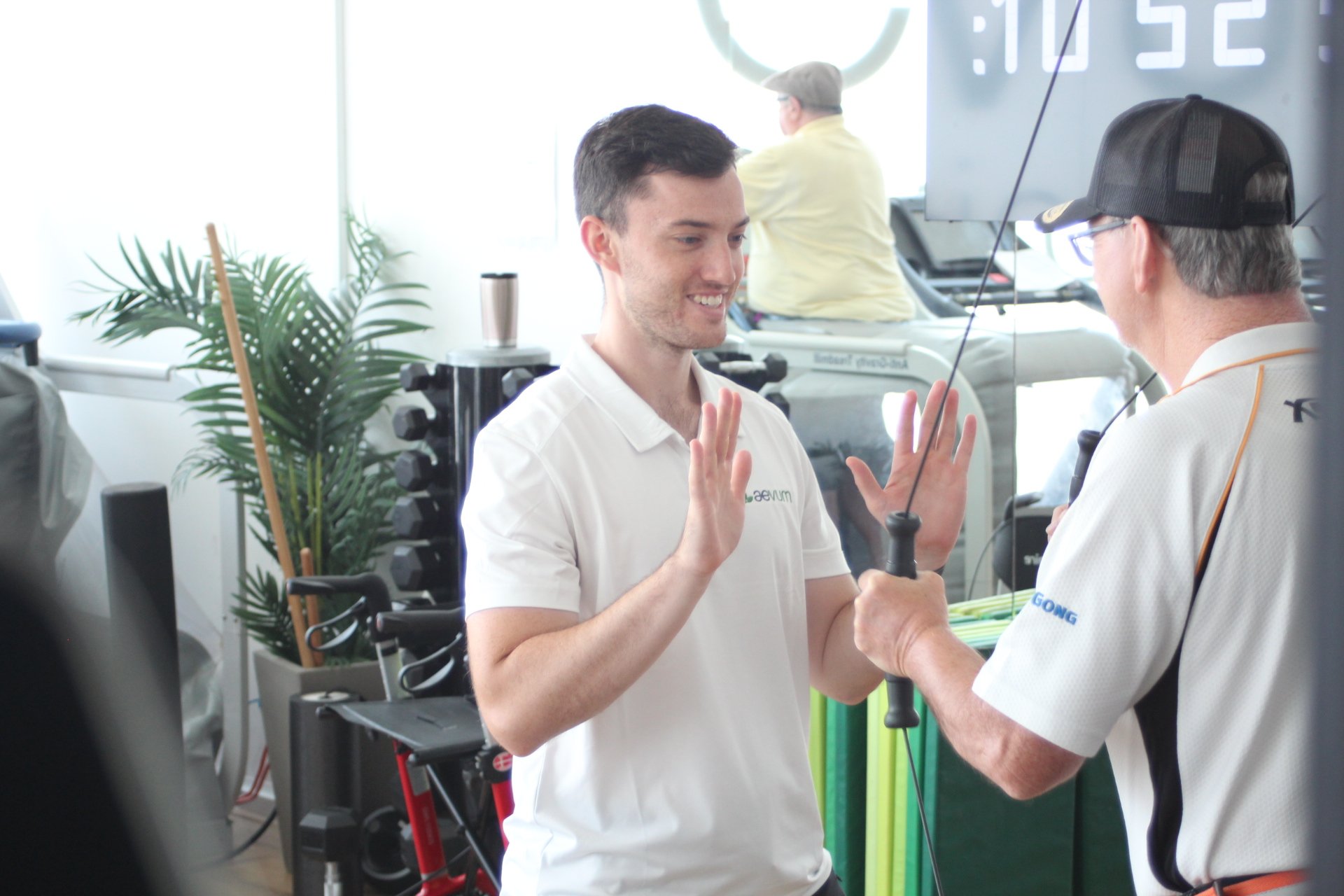Stroke Rehabilitation: The Key to a Successful Recovery
Experiencing a stroke can profoundly affect a person's life, leaving behind a trail of physical, emotional, and cognitive challenges. Rehabilitation is critical to the stroke recovery process, helping patients regain their independence, mobility, and quality of life. In this article, we will discuss the importance of stroke rehabilitation, its key components, and how to ensure the best outcome for stroke survivors.
What is Stroke Rehabilitation?
Stroke rehabilitation is a comprehensive program designed to help stroke survivors regain their physical and cognitive abilities. Stroke rehabilitation aims to help patients achieve their maximum potential for recovery and independence. Rehabilitation is an ongoing process that starts as soon as possible after a stroke and can continue for several months or even years.
Why is Stroke Rehabilitation So Important?
Rehabilitation is not just about recovery but about empowering stroke survivors to lead productive and independent lives despite the challenges posed by their condition.
Pathway to Independence: Aims to restore independence in daily activities, enhancing the quality of life.
Personalised Recovery: Due to strokes' variable impact, personalised recovery tailors to individual needs, addressing specific physical, cognitive, and emotional challenges.
Cognitive and Emotional Support: Assists in overcoming cognitive deficits and offers emotional support to manage post-stroke depression or anxiety.
Maximises Quality of Life: Regaining skills and independence lays the foundation for a fulfilling life post-stroke.
Encourages Long-term Commitment: Rehabilitation is a long-term process, crucial for adapting to changes and preventing late-onset complications.
Key Components of Stroke Rehabilitation
Stroke rehabilitation is a multidisciplinary approach to recovery designed to address specific physical and cognitive impairments caused by a stroke. Some of the key components of stroke rehabilitation include:
Physiotherapy
Physio is one of the most important components of stroke rehabilitation. Physiotherapy helps stroke survivors regain their mobility, balance, and coordination. Physiotherapists use various exercises, stretches, and assistive devices to help patients regain their strength and independence. Aevum is fortunate to have a Motek C-Mill for safe gait retraining with the addition of a harness support system.
Occupational Therapy
Occupational therapy focuses on helping stroke survivors regain their ability to perform daily activities, such as bathing, dressing, and eating. Occupational therapists work with patients to develop strategies for coping with any physical limitations and to regain their independence in their daily lives. They also specialise in upper limb therapy, which helps improve arm strength and control so that daily tasks can be completed more easily.
Speech Therapy
Speech therapy is critical for stroke survivors who have difficulty speaking or communicating. Speech therapists work with patients to improve their speech and language skills and their ability to understand and express themselves.
Cognitive Therapy
Cognitive therapy is designed to help stroke survivors regain their cognitive abilities, such as memory, attention, and problem-solving skills. Our Physiotherapists and Occupational therapists use cognitive training while performing your physical rehabilitation. This could involve performing simple problem-solving tasks on a screen while also working on gait retraining on our Motek C-mill treadmill or completing complex games interrelated to your hand function rehabilitation on our Tyromotion upper limb robotic therapy equipment.
Ensuring the Best Outcome for Stroke Survivors
To ensure the best outcome for stroke survivors, a well-rounded rehabilitation program that includes all these key components and gives you access to some of the best equipment in the world is important. In addition, a multidisciplinary, dedicated, and experienced rehabilitation team, including a physiotherapist, occupational therapist, and speech therapist, is also important to help you achieve the best outcome as a cohesive team. It is also important to set realistic goals and work closely with the rehabilitation team to achieve them. Stroke rehabilitation is an ongoing process that requires patience, dedication, and commitment from the patient and their loved ones.
If you looking for an expert team to support your recovery CONTACT US to learn more about the services and book in to start your journey to recovery. You can also read more about our other Neurohub solutions here.
FAQ:
Q1: What is the purpose of stroke rehabilitation?
Stroke rehabilitation aims to help stroke survivors regain their physical and cognitive abilities and achieve their maximum potential for recovery and independence.
Q2: What are the key components of stroke rehabilitation?
Physical therapy, occupational therapy, speech therapy, cognitive therapy, and psychotherapy are the key components of stroke rehabilitation.
Q3: What is the role of physical therapy in stroke rehabilitation?
Physical therapy is one of the most important components of stroke rehabilitation. It helps stroke survivors regain mobility, balance, and coordination through exercises, stretches, and assistive devices.
Q4: What is the role of psychotherapy in stroke rehabilitation?
Psychotherapy is important for stroke survivors who experience emotional and psychological changes after a stroke. It helps patients cope with the emotional and psychological impact of their stroke and improves their quality of life.
Q5: What are the factors that ensure the best outcome for stroke survivors in rehabilitation?
The best outcome for stroke survivors in rehabilitation can be ensured by having a well-rounded rehabilitation program that includes all the key components, a dedicated and experienced rehabilitation team, setting realistic goals, and working closely with the rehabilitation team.
